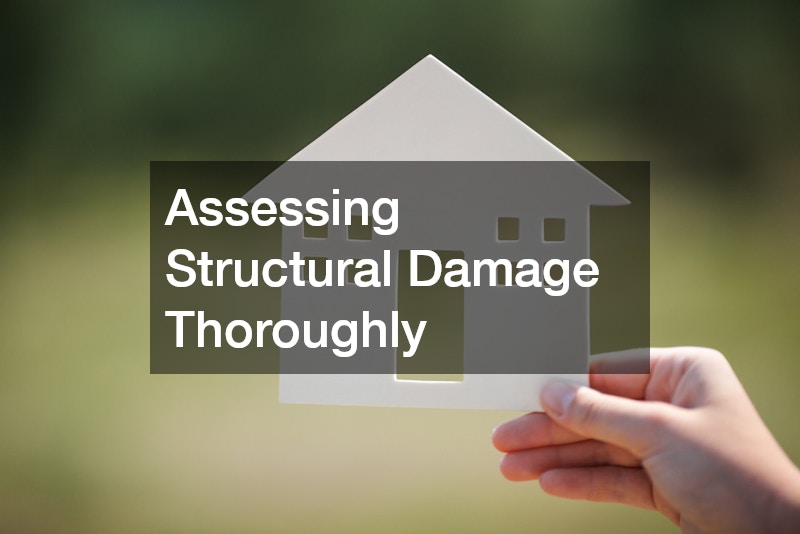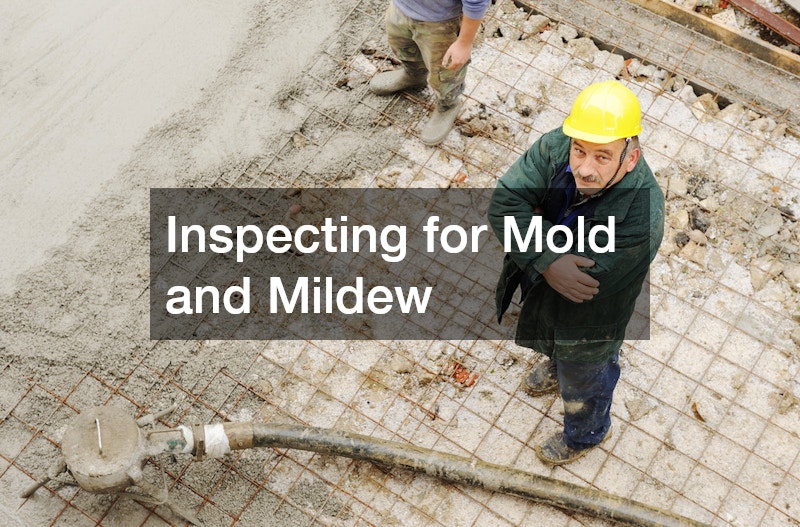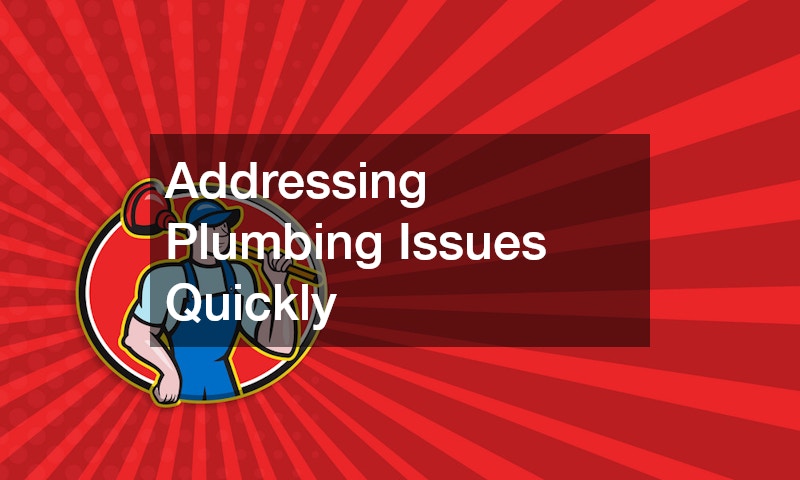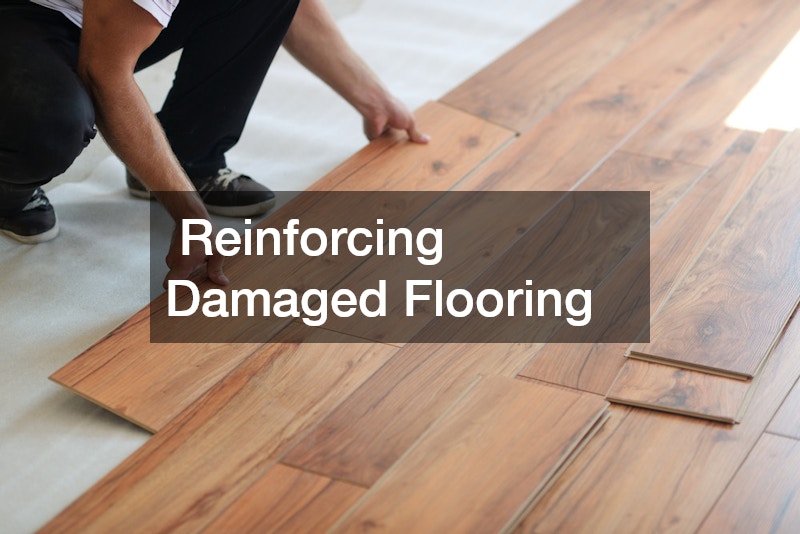Beginning The Damage Restoration Process
Restoring a damaged home can be a complex and often overwhelming process, especially when dealing with the aftermath of events like severe weather, flooding, or structural mishaps. Each part of the home can suffer different kinds of damage, from weakened foundations and damaged walls to broken windows and compromised systems like heating and electrical. The journey from assessing the damage to achieving a fully restored and safe living environment requires careful planning, prioritization, and often the support of professional services. Recognizing the areas that need attention early on is key to a smooth and effective restoration process, as well as ensuring the long-term safety and comfort of your home.
While it may be tempting to tackle repairs in a scattered fashion, prioritizing each step in an organized way can make the process manageable and prevent further issues from arising down the line. In this blog, we’ll cover essential tips for addressing damage in various parts of your home. From repairing structural and water damage to ensuring systems like plumbing and heating are back in working order, these tips will provide a comprehensive guide to restoring a damaged home. Whether you’re dealing with a few damaged areas or extensive structural challenges, these steps will help guide you through the restoration process with confidence and efficiency.

1. Assessing Structural Damage Thoroughly
The first step in restoring a damaged home is to assess structural damage thoroughly. Structural damage is often the most serious type of damage, as it directly impacts the stability and safety of the home. This can include cracked foundations, sagging walls, or damage to load-bearing beams. A comprehensive inspection of the property is crucial to identify all structural issues, as even minor structural damage can lead to major problems if left unaddressed. Homeowners should take their time to examine key areas such as the foundation, walls, and any visible beams, looking for signs of wear or cracks that might indicate a weakened structure.
When dealing with structural issues, it’s essential to enlist a heating repair service to evaluate if the home’s heating systems have been compromised. Structural shifts can cause cracks or disconnections in heating ducts or pipes, impacting the system’s efficiency and safety. By addressing heating repair service needs alongside structural assessments, you ensure that your home’s core systems are intact and ready for use as the restoration process progresses. This step helps not only in immediate safety but also in creating a solid foundation for subsequent repairs.
2. Identifying and Repairing Water Damage
Water damage is another common issue in a damaged home and should be addressed promptly to prevent further deterioration. Water can seep into walls, floors, and foundations, leading to structural weakness, mold growth, and unpleasant odors. Identifying water damage early on involves checking areas like basements, walls near plumbing, and rooms adjacent to bathrooms and kitchens. Stains, warping, or peeling paint are often visible indicators of water damage, and a thorough assessment of these areas is key to ensuring all signs of water exposure are addressed.
If water damage is present, you may need to look into a water heater repair to ensure your water systems are safe and functioning properly. Water heaters and their connections can sometimes become damaged due to flooding or pipe leaks, leading to ineffective heating or even leaks. Repairing the water heater and other affected systems can prevent the recurrence of water damage and contribute to a more comfortable and functional environment. Combining water damage repair with a water heater repair helps mitigate future problems and ensures that your home’s water systems are running smoothly.

3. Inspecting for Mold and Mildew
One of the most critical aspects of restoring a damaged home is inspecting for mold and mildew, especially in areas affected by water damage. Mold can begin growing within 24 to 48 hours of water exposure, often spreading rapidly in damp, hidden spaces like basements, attics, or within walls. Mold and mildew not only create an unpleasant odor and unsightly stains but can also pose significant health risks, particularly for those with respiratory issues or weakened immune systems. A thorough mold inspection, therefore, is essential to ensure a safe and healthy living environment.
In addition to mold inspections, consider scheduling an AC repair to ensure your home’s ventilation system isn’t circulating mold spores. Air conditioning units can harbor mold if exposed to excess moisture or if they haven’t been serviced regularly. An AC repair can ensure the system is properly cleaned and functioning, reducing the likelihood of mold spread and improving indoor air quality. Combining mold inspections with AC repair can help create a healthier environment and prevent recurring mold issues in the home.
4. Repairing Electrical Systems Safely
Restoring a damaged home also involves carefully examining the electrical systems, which can be compromised by structural shifts, water intrusion, or direct impact from falling debris. Electrical damage poses serious safety risks, as exposed wires or faulty circuits can lead to fire hazards or electrical shocks. Signs of electrical damage include flickering lights, frequent breaker trips, and exposed or damaged wiring. It’s vital to inspect these areas closely and seek professional help if there’s any indication of electrical compromise to ensure the home remains safe and functional.
In cases where electrical damage is evident, enlisting a roofing service can be beneficial, especially if there was damage to the roof that allowed water or debris to enter the home. A damaged roof can let moisture seep into electrical systems, exacerbating existing issues or creating new ones. By addressing roof repairs in tandem with electrical system evaluations, you can prevent further electrical hazards and improve the overall safety of the home. This comprehensive approach ensures that both visible and hidden sources of electrical risks are properly managed.

5. Addressing Plumbing Issues Quickly
Plumbing issues are common in a damaged home, especially if pipes have been exposed to freezing temperatures, excessive pressure, or physical impact. Burst pipes, leaky faucets, and clogged drains can lead to water accumulation, which, if left unchecked, may cause additional structural and water damage. Addressing these plumbing issues as soon as they are identified is essential to maintaining a safe and sanitary home environment, as neglected plumbing problems can escalate quickly.
For comprehensive restoration, consider pairing plumbing repairs with gutter repairs to prevent future water-related issues. Damaged gutters can lead to improper water drainage around the home’s exterior, causing water to pool near the foundation or leak into walls. Gutter repairs work in tandem with plumbing fixes to help keep water out of vulnerable areas, reducing the risk of future damage. Together, these measures create a proactive approach to water management and home protection.
6. Restoring Walls and Ceilings
When restoring a damaged home, walls and ceilings often require special attention, especially if they’ve been affected by water, smoke, or structural shifts. Damaged walls and ceilings can weaken the integrity of the home and create an unsightly appearance. Cracks, peeling paint, water stains, and warping are common signs of damage in these areas. Addressing these issues promptly can prevent further deterioration and make the home feel whole and secure again.
One effective way to restore damaged walls and ceilings is by using spray foam insulation, especially in spaces where insulation has been compromised. Spray foam insulation can help reinforce the structure by filling in cracks and gaps while also improving the home’s energy efficiency. Using spray foam insulation during the restoration process provides additional support and creates a more resilient barrier against external elements, ensuring the home is both safe and well-insulated.

7. Reinforcing Damaged Flooring
Flooring is another critical area to address in a damaged home, as it endures constant wear and tear and may have sustained damage from water exposure, heavy impact, or structural instability. Damaged floors can become uneven, warped, or weakened, creating safety hazards and diminishing the home’s overall aesthetic. A thorough inspection of the flooring can reveal areas that need reinforcement or replacement, ensuring that the home remains safe and comfortable for its residents.
For those looking to reinforce their damaged flooring, consulting with a vinyl fence company may be beneficial for outdoor areas. Outdoor flooring, patios, or decking often need additional support and protection, and a vinyl fence company can provide solutions to enhance both safety and privacy around the home. Combining indoor flooring reinforcement with outdoor protection creates a cohesive approach to restoration, ensuring both the interior and exterior of the home are fortified against future damage.
8. Repairing or Replacing Windows and Doors
Windows and doors are particularly vulnerable in a damaged home, often sustaining cracks, breaks, or frame warping due to structural shifts or direct impact. Damaged windows and doors can lead to energy loss, drafts, and compromised security, making it essential to repair or replace them during the restoration process. Checking the frames, locks, and seals is important to ensure they are functioning properly and contributing to the home’s overall safety and efficiency.
In addition to repairing or replacing these elements, homeowners may consider working with a concrete contractor for areas surrounding windows and doors, such as exterior walls or entryway steps. A concrete contractor can reinforce these areas to ensure they are stable and able to withstand future impact. This dual approach of fixing both windows and surrounding structural elements enhances the home’s resilience and security, while also improving its appearance and durability.
9. Updating Insulation and Ventilation
Effective insulation and ventilation play crucial roles in restoring and maintaining a comfortable and energy-efficient home environment, especially in areas impacted by damage. Damaged insulation can lead to energy loss, temperature imbalances, and increased utility costs. Additionally, compromised ventilation can lead to the buildup of moisture, which can cause mold growth and contribute to poor indoor air quality. Replacing or updating insulation and ventilation systems ensures a balanced, healthy, and efficient home environment.
Partnering with an HVAC company during this process can be particularly beneficial. An HVAC company can assess the home’s heating, ventilation, and cooling needs, ensuring that any new insulation or ventilation components are properly integrated. With the combined efforts of updated insulation and HVAC expertise, a restored home can achieve optimal energy efficiency and improved indoor air quality, contributing to a comfortable living space and reducing the likelihood of future issues.
10. Finalizing Finishes and Cosmetic Touch-Ups
Once the major repairs and restorations are completed, it’s time to focus on the finishing touches that restore the home’s appearance and atmosphere. Cosmetic touch-ups, like repainting walls, refinishing woodwork, and adding new fixtures, help bring the home back to its original condition. These final touches can make a significant difference in making the space feel fresh and welcoming, as well as elevating the overall aesthetic.
Flooring contractors can be instrumental in this last phase of home restoration, particularly if the flooring has undergone repairs or replacement. Professional flooring contractors can ensure the floors are installed, stained, or polished to perfection, creating a polished and cohesive look throughout the home. By investing in quality finishes and working with skilled contractors, homeowners can ensure that their damaged home feels revitalized, beautiful, and ready to enjoy.
Maintaining Your Newly Repaired Home
Restoring a damaged home requires a multi-faceted approach, addressing everything from structural integrity to cosmetic details. Each aspect of the restoration process, from assessing structural damage to finalizing cosmetic touches, plays a crucial role in ensuring the home is safe, comfortable, and visually appealing. Promptly addressing key areas of concern, such as water and electrical damage, helps prevent further deterioration and reduces health and safety risks for those living in the home. By taking proactive steps and seeking professional assistance where needed, homeowners can streamline the process and restore their damaged homes with confidence.
Restoration doesn’t just bring a home back to its former glory—it also strengthens it for the future. Combining emergency repairs with preventative measures like insulation updates and structural reinforcements ensures a more resilient and energy-efficient home that is prepared to withstand potential future challenges. Following these essential tips can help homeowners tackle the restoration process methodically and effectively, resulting in a safe, comfortable, and revitalized home that will last for years to come.


